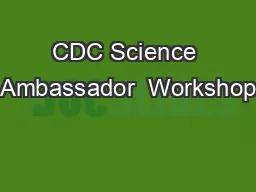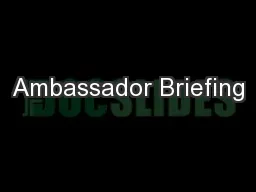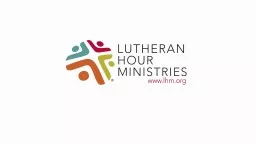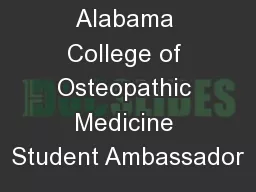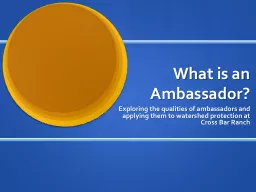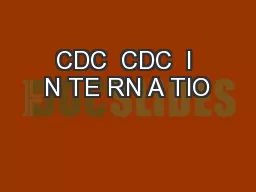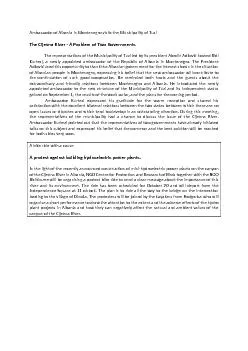PPT-CDC Science Ambassador Workshop
Author : karlyn-bohler | Published Date : 2018-10-27
2014 Supplemental PowerPoint P ublic Health Surveillance Cindy L Birkner MS Webber Township High School Bluford Illinois Johnna M Doyle MS Nashoba Regional
Presentation Embed Code
Download Presentation
Download Presentation The PPT/PDF document "CDC Science Ambassador Workshop" is the property of its rightful owner. Permission is granted to download and print the materials on this website for personal, non-commercial use only, and to display it on your personal computer provided you do not modify the materials and that you retain all copyright notices contained in the materials. By downloading content from our website, you accept the terms of this agreement.
CDC Science Ambassador Workshop: Transcript
Download Rules Of Document
"CDC Science Ambassador Workshop"The content belongs to its owner. You may download and print it for personal use, without modification, and keep all copyright notices. By downloading, you agree to these terms.
Related Documents

